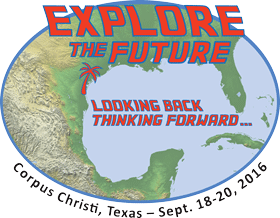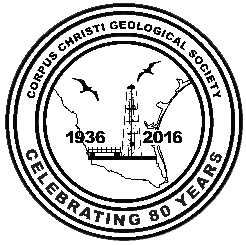Field Trips
All field trips depart from and return to Omni Hotel. Check at Registration for last-minute availability.
Note: You must be registered for the convention to participate in a field trip.
Overnight Trips:
CANCELED TRIP #1: Rio Grande Delta and Great Sand Sheet |
Leaders:Thomas E. Ewing, Frontera Exploration Consultants, San Antonio, TX and Juan L. Gonzalez, Dept. of Env. Sciences, UT–Rio Grande Valley, Edinburg, TX
Friday–Saturday • September 16–17
(depart 8:00 am, Friday, from the Omni Hotel and return 6:00 pm, Saturday)
$300 per person includes bus, hotel (double occupancy), guide materials, breakfast tacos, lunches, and water.
You cover: dinner and personal items.
Maximum 25 participants |
| This two-day trip will explore the Rio Grande Delta, a unique delta-shoreline complex at the southern tip of Texas. The Rio Grande delta is one of the major deltas of North America. The delta was formed by the sediment-rich Rio Grande/Rio Bravo during the Altithermal. The river carried huge but irregular flows into a semiarid environment. Eolian activity has extensively modified the delta plain. Major historical developments, including Mexican War and Civil War battle sites, will be addressed as well. Combining available geologic information with global satellite photography gives a balanced view of an important delta. |
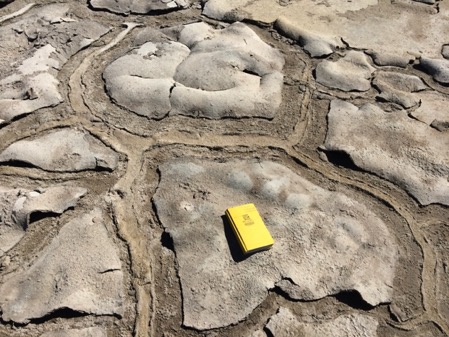 |
|
Saturday Trips:
TRIP #2: Ice Age Mammal Fossil Hunt (Sponsored by Kemco) |
Leaders: Jon Baskin, TAMU–Kingsville, and Ronnie Thomas, Retired
Saturday, September 17 • 8:30 am–2:00 noon
Departure/return to Omni Bayfront Hotel
$125 per person TRIP IS FAMILY FRIENDLY (cost includes transportation and refreshments)
Maximum 32 participants |
| The Laurentide Ice Sheet was near its maximum 18,000 years ago, covering Canada and much of North America with ice 2 miles thick in some places. In South Texas, sea level was 330 feet lower and the coastline extended 50 miles further east. The Nueces River Valley was a veritable paradise at the time, home to over 15 now extinct mammals, including Columbian Mammoths, Giant Ground Sloths, and Saber-toothed Cats. Join us on a Fossil Hunt for the bones of these Ice Age Mammals. Samples collected from this site are used for educational purposes only and are never to be sold, or given to individuals as awards, incentives, or tokens of appreciation. |
 |
|
TRIP #3: CANCELED Storm Signals in the Stratigraphic Record of the Texas Gulf Coast |
Leader: James Garrison, Jr., Ph.D. Research Associate Professor, UT–Dallas, Sara Miller, EOG Resources, Corpus Christi, and Alberto Mesta, Associate Research Professor, Texas A&M–Corpus Christi
Saturday, September 17 • 8:00 am–4:00 pm
Depart/return to Omni Hotel
$125 per person; $85 for students (cost includes transportation, lunch, and materials)
Maximum 26 participants; 6 student slots available |
This 3-stop field trip will examine storm signals in the stratigraphic record of the Texas Gulf Coast. Stop 1 is Padre Island to discuss the evolution of the island and storms discovered using GPR transects; Stop 2 will be the dunes on Mustang Island showing how their evolution records hurricane events and intensity; and Stop 3 is the Gum Hollow Delta illustrating the preservation of storminess in bay deltas. The guidebook will be three papers covering this research. |
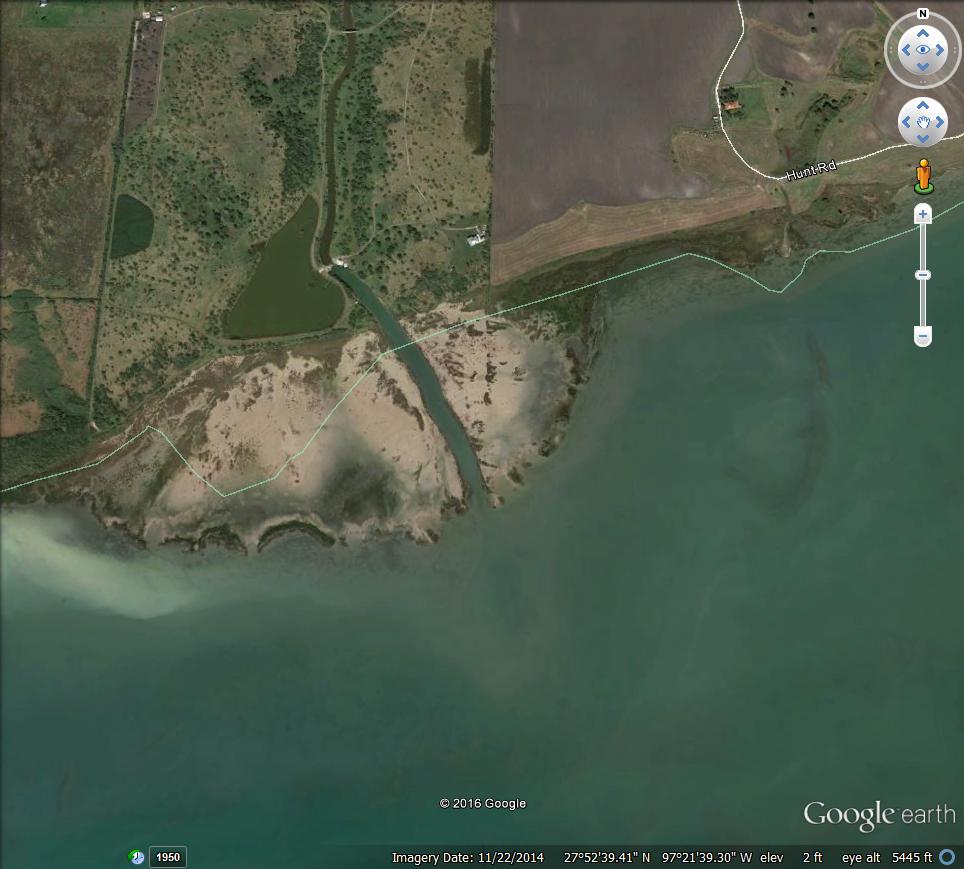 |
|
Sunday Trip:
TRIP #4: Geomorphology and Geologic History of the Nueces River Valley, Corpus Christi Bay, Laguna Madre, and Padre Island* |
Leaders: Randy Bissell, Headington Energy Partners/TAMU–CC, Dr. Mark Besonen, TAMU–CC, and Tom Fett, PE
Sunday, September 18 • 8:00 am – 4:00 pm
Depart/return to Omni Bayfront Hotel
$125 per person; $85 for students (cost includes transportation, lunch, and materials).
Maximum 30 participants; 8 student slots available |
This 9-stop field trip will explore the lower Nueces River Valley to examine the geomorphology of the Nueces River and its flood plain; the Nueces Bayhead delta; the genesis of Corpus Christi Bay; Flour Bluff and Laguna Madre; and the dunes and washover fans on Padre Island. Whole core representing Oligocene fluvial and shoreface deposits will be examined at relevant locales. Lunch will include a presentation on the history of the city; the geomorphology prior to industrial development; and the consequences of major hurricanes. The trip will involve semi-strenuous hikes to certain locales. Waterproof footwear is recommended.
*This Field Trip and the Depositional Environments Short Course (SC #1) compares ancient and modern clastic systems. |
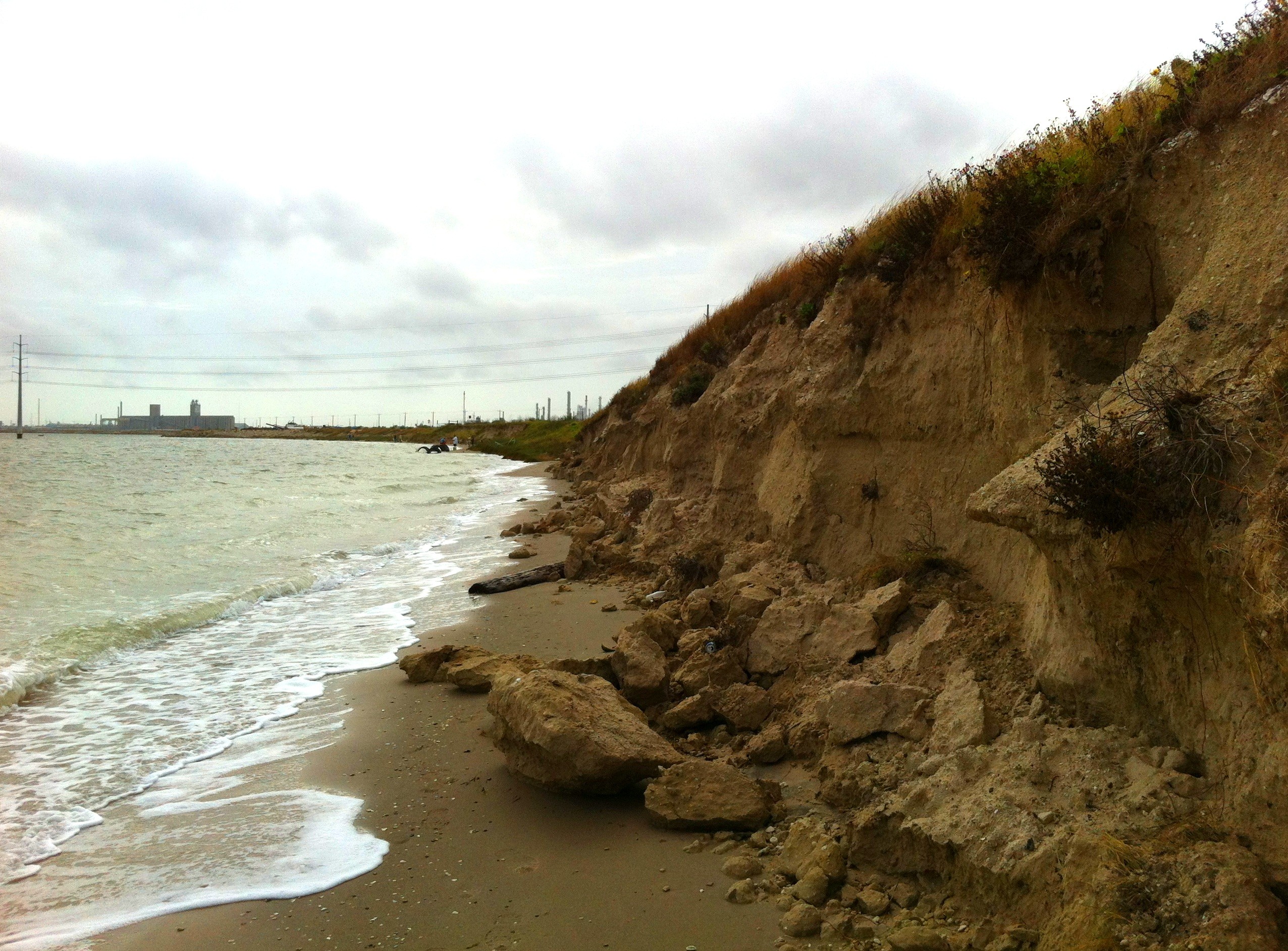 |
|
